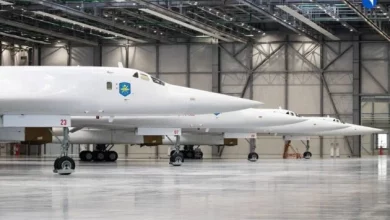Ukrainian drones strike Russian air defense production plant

Ukrainian drones targeted a Russian arms factory Sunday night that produces the Pantsir-S air defense system.
The Main Directorate of Intelligence of Ukraine carried out the attack on the Shcheglovsky Val defense enterprise, Ukrinform reported, citing a special services source.
“Such actions are planned intelligence work, since Shcheglovsky Val is an enterprise of Russia’s military-industrial complex that assembles Pantsir-S and Pantsir-S1 anti-aircraft missile defense systems,” the outlet quoted the source as saying.
Russian Channels Confirm Attack
Ukraine has not officially commented on the attack, nor the extent of the damage.
However, multiple Russian Telegram channels reported “loud explosions and fire” at the factory premises, located in Tula.
Russian state-run TASS also reported air defense systems destroying a Ukrainian drone over the western Russian city.
Apart from the Pantsir mobile short range air defense system, the factory produces other air defense systems, guided weapons, cannons, and small arms.
Fuel Depot Targeted
Meanwhile, Ukrainian drones attacked other Russian targets, including a major gas export terminal near the city of St Petersburg.
A fire broke out following the attack at the Novatek terminal in Ust-Luga, forcing the region’s governor to announce a “high alert regime,” according to the BBC.
Novatek suspended the terminal’s operations following the fire, saying it resulted because of “external influence,” without providing further details.
The Ukrainian military claimed that the fuel processed at the plant was being supplied to the Russian forces operating in Ukraine, adding that the attack “significantly complicates” logistics for its military.





